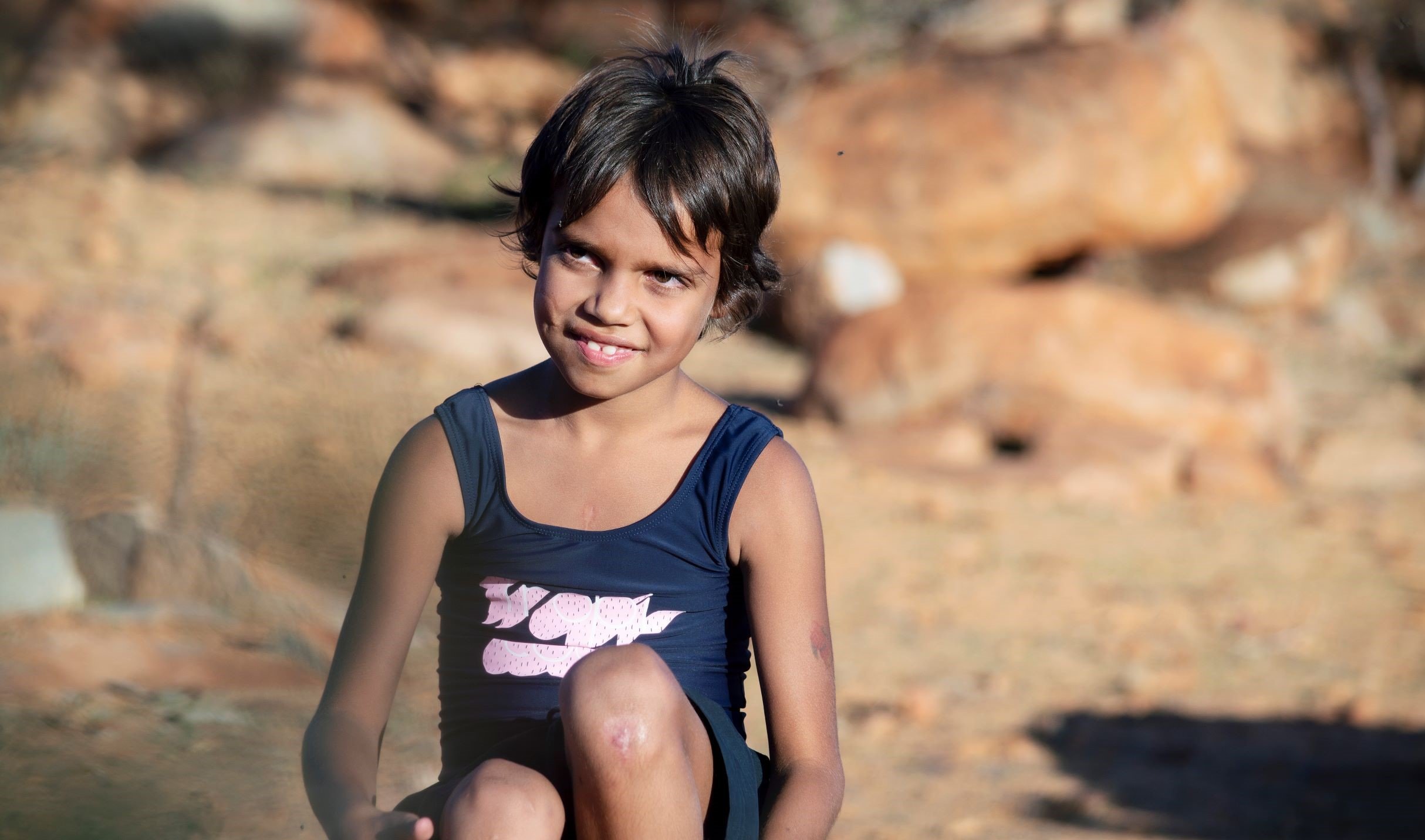
Aged just seven years old, Tenaya Bell was flown to Perth for two rounds of emergency open heart surgery to repair damage caused by rheumatic heart disease.
Five years of intensive collaboration between researchers, clinicians, Aboriginal Community Controlled Health Organisations, and government and non-government organisations have finally put the long-fought for goal of ending RHD within reach.
In 2014, The Kids Research Institute Australia was awarded funding from the NHMRC to establish the End Rheumatic Heart Disease Centre of Research Excellence (END RHD CRE) to address the urgent need for a comprehensive, evidence-based plan to eliminate rheumatic heart disease (RHD) in Australia. The result – soon to be delivered to the Federal Government – is the RHD Endgame Strategy: The blueprint to eliminate rheumatic heart disease in Australia by 2031.
The Endgame Strategy captures the collective experience of stakeholders from all ends of the RHD spectrum and pairs it with 25 years of research, painting a clear picture of what needs to happen to eliminate RHD within the next 11 years.
Professor Jonathan Carapetis, lead investigator of the END RHD CRE, said research on its own was never going to be enough to end RHD.
“To really make a difference, we needed to create a scientific evidence base in partnership with those affected by, and invested in, tackling this terrible disease,” Professor Carapetis said.
“Only by doing this could we come up with a realistic, meaningful and effective strategy that would achieve our goal of preventing the next generation of Aboriginal and Torres Strait Islander children developing rheumatic heart disease.”

Pat Turner, CEO of NACCHO and Co-Chair of END RHD, addresses peak Aboriginal medical services about the work of END RHD and its link to closing the gap.

Professor Carapetis presenting the Endgame recommendations to 500 Aboriginal and Torres Strait Islander health workers at the annual NACCHO Conference in Darwin, November 2019.
For Pat Turner, CEO of the National Aboriginal Community Controlled Health Organisation (NACCHO), the peak body for the Aboriginal and Torres Strait Islander health services, it made sense to join forces.
“Back in 2016, Professor Carapetis came to me with the idea of creating END RHD – an alliance between the Aboriginal Community Controlled Health Sector and health and research bodies, all committed to ending RHD,” Ms Turner said.
“When he outlined the plan, it became clear that we had an unprecedented opportunity to end this devastating disease, and in doing so, contribute to closing the gap.

Now, four years on from that initial meeting, and with the Endgame Strategy ready for release, the END RHD alliance is making sure the evidence base is available to everyone – including those living with the disease and working to end it.
Professor Carapetis said the priority was to ensure the Strategy was implemented as a matter of priority.
“What we now need is to see the Endgame Strategy translated into policy and practice,” he said.
Ms Turner agreed: “It is unconscionable to let our people suffer as a result of rheumatic heart disease when we now have an Endgame to prevent it,” she said.
What's next?
- END RHD continues to advocate for the implementation of the Endgame recommendations at the State and Commonwealth level.

